Rocket Launch Scrubbed at NASA Wallops With New Date Announced
Third time’s a charm!
NASA’s TOMEX+ sounding rocket mission was set to light up the skies over the East Coast last night, but the launch was called off at the last minute.
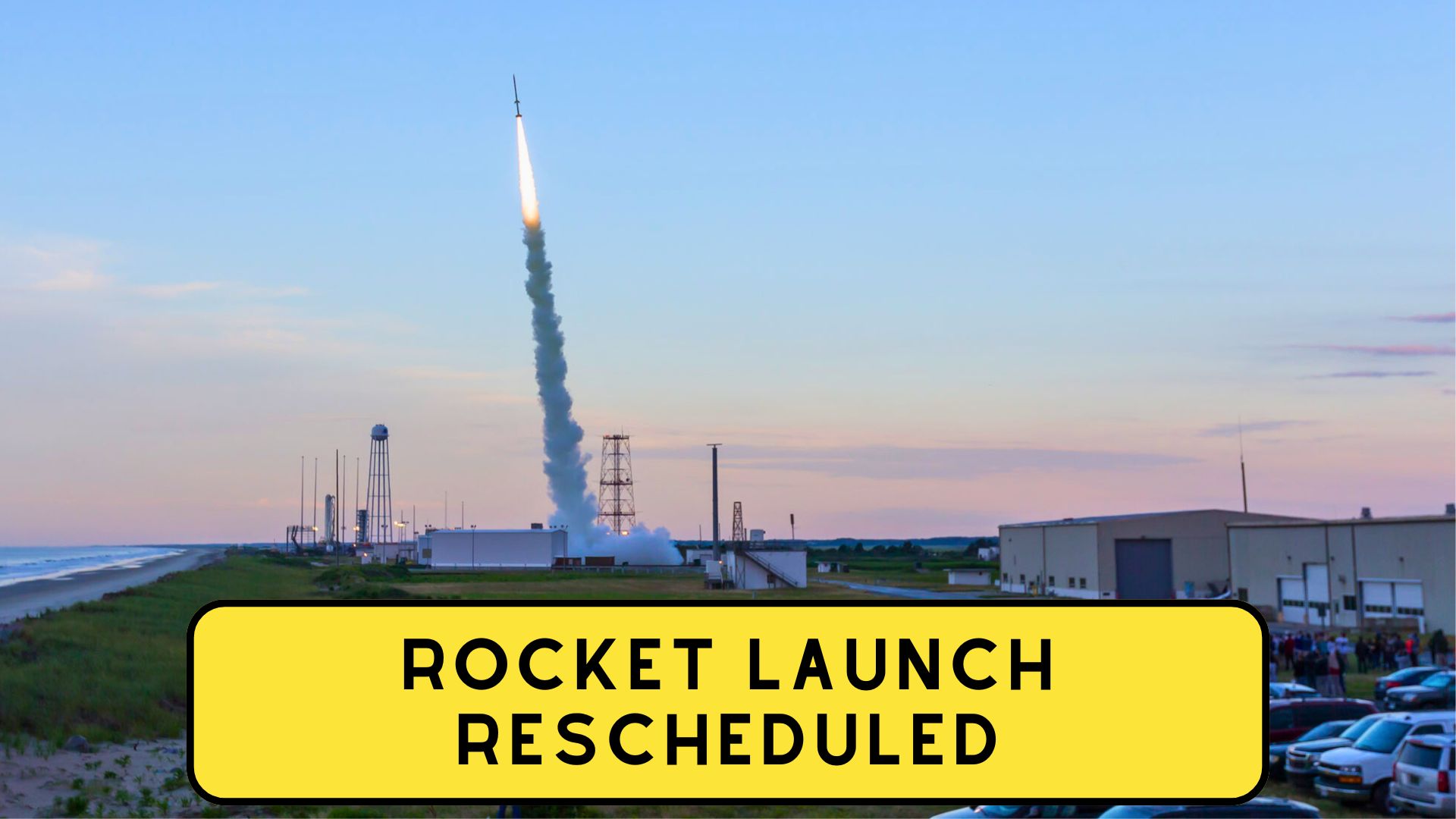
Rocket Launch Scrubbed at NASA Wallops With New Date Announced
According to an official update from NASA Wallops, “LAUNCH SCRUB❗ Tonight’s launch of the TOMEX+ sounding rockets has been scrubbed due to continuous cloud cover at the launch and camera sites. The next launch opportunity is Aug. 27 with the window opening at 10:30 p.m. EDT.”
The TOMEX+ mission, short for Turbulent Oxygen Mixing Experiment Plus, is designed to study one of Earth’s most turbulent atmospheric regions, the mesopause.
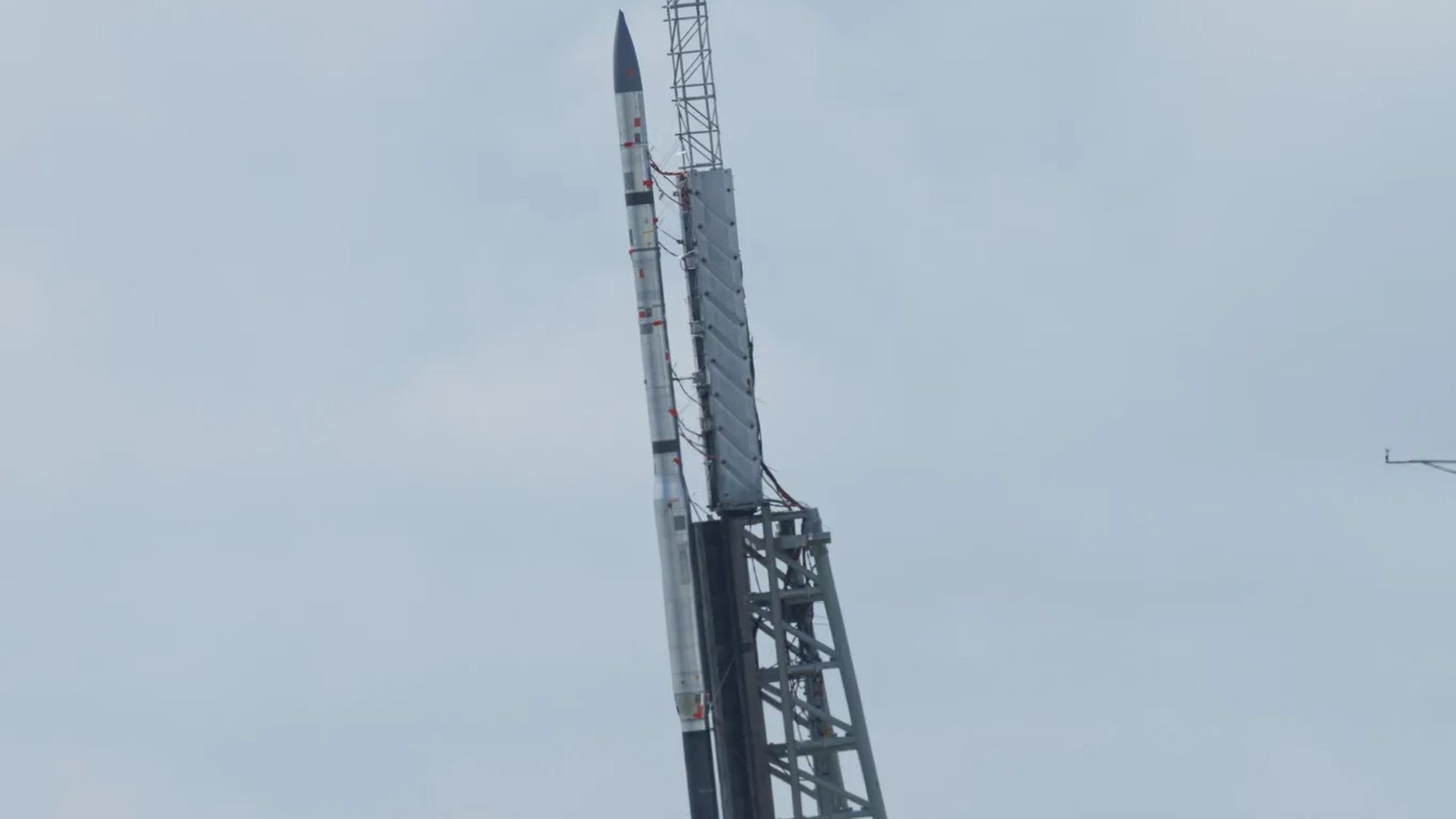
When to Watch the Next Attempt
If the weather cooperates, South Jersey skywatchers may once again have the chance to spot the rockets streaking overhead late on Monday night. The launch window opens at 10:30 p.m. EDT on August 26 and extends into the early morning hours.
NASA will stream live coverage of the launch on the Wallops Facebook page and X (Twitter). The livestream will begin about five minutes before liftoff.
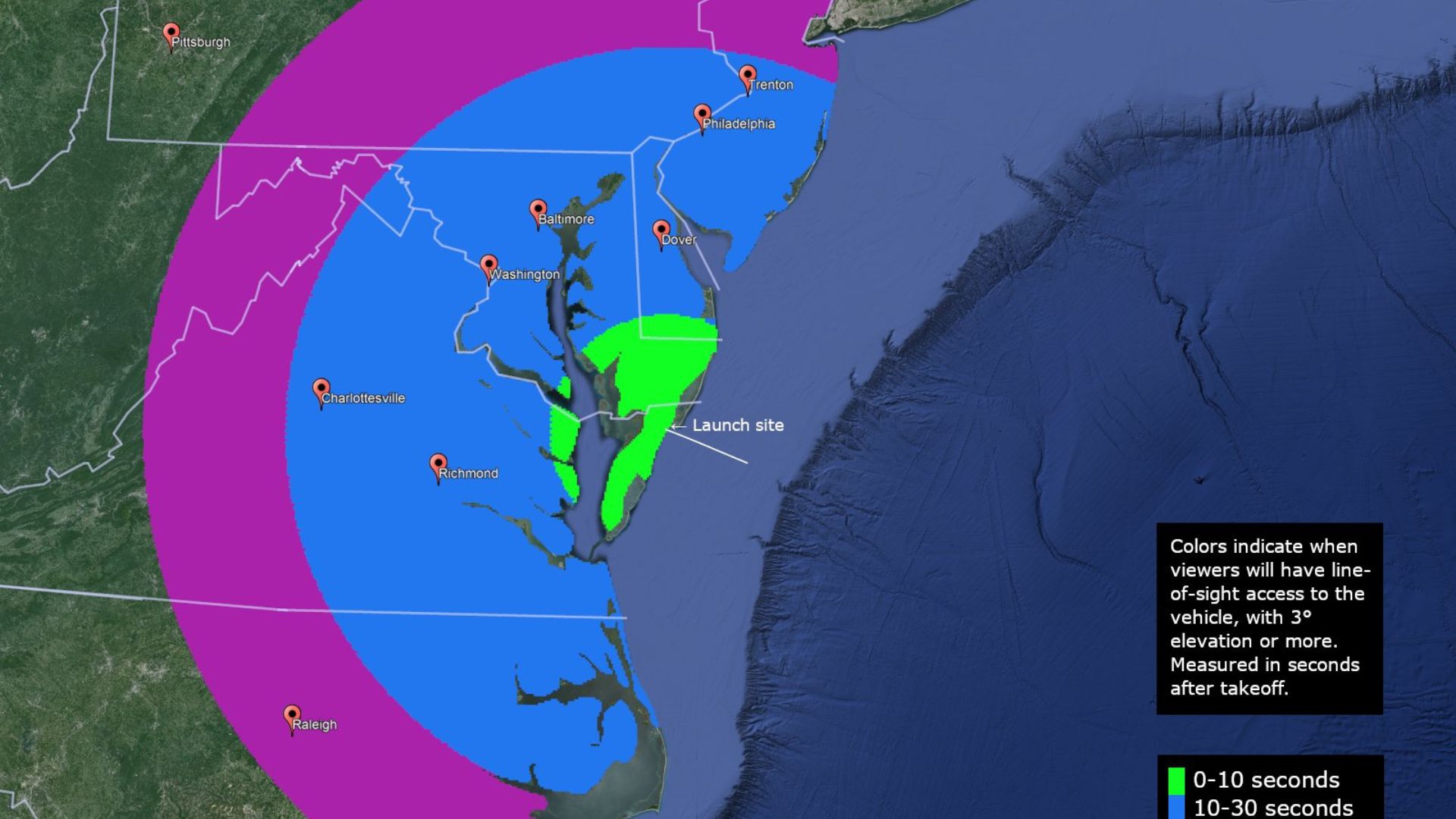
So, if skies are clear, keep your eyes to the southeast and you may just catch a glimpse of NASA’s next rocket mission lighting up the night.
TTOMEX+ is designed to study one of the most fascinating parts of our atmosphere, known as the mesopause.
This layer sits about 53 to 65 miles above Earth and is the coldest part of the atmosphere, where temperatures can plunge to nearly minus 148 degrees Fahrenheit.
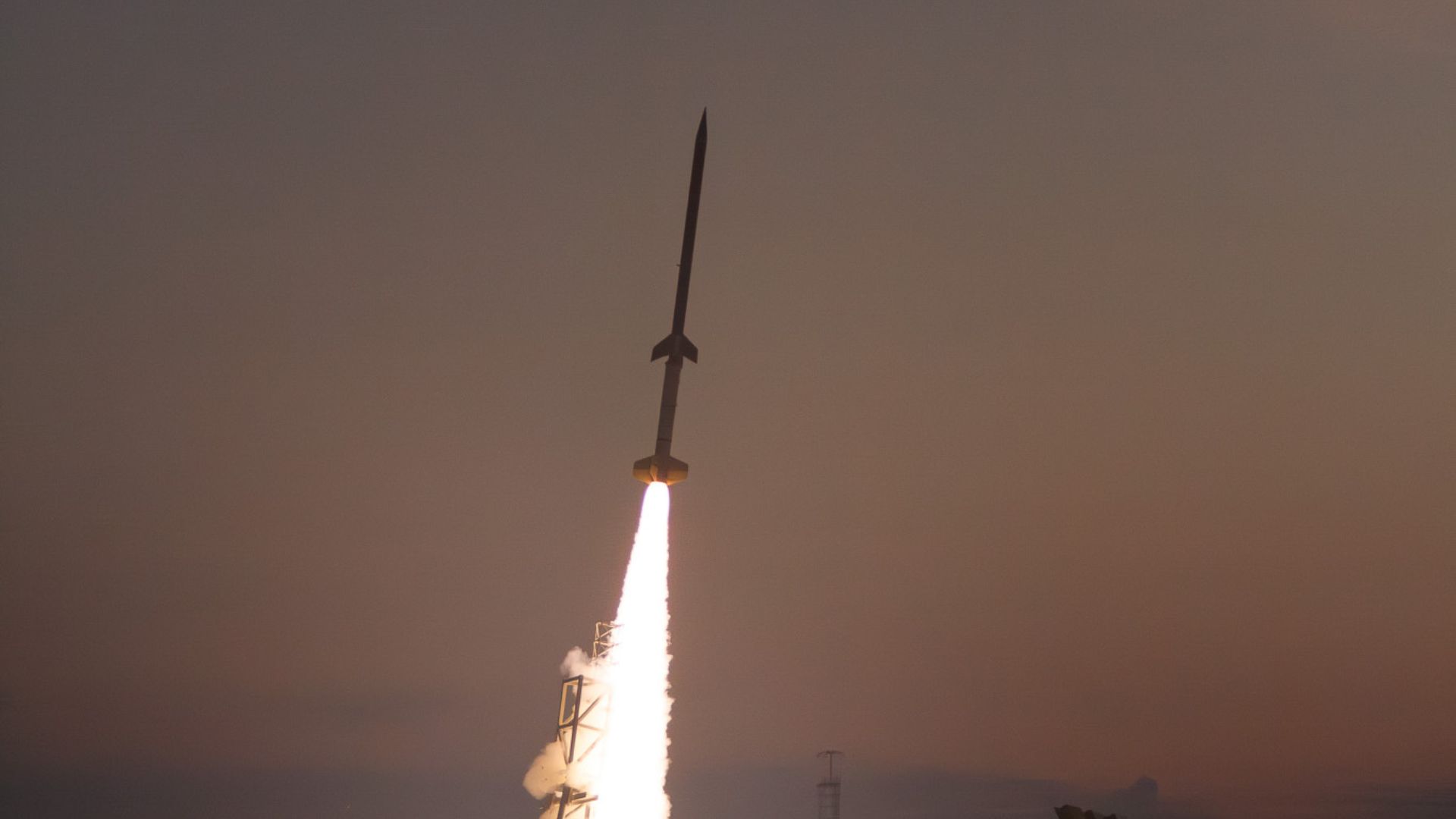
The turbulence created here can even affect satellites orbiting Earth. Since it’s too high for weather balloons and too low for satellites, sounding rockets like TOMEX+ are the only way to study it.
Unlike a typical rocket launch, TOMEX+ will actually use three rockets in quick succession. The first two will release colorful vapor tracers, which look like glowing clouds drifting through the night sky. These tracers help scientists measure wind patterns in the upper atmosphere, but for us here on the ground, they could appear as streaks or puffs of light high above.
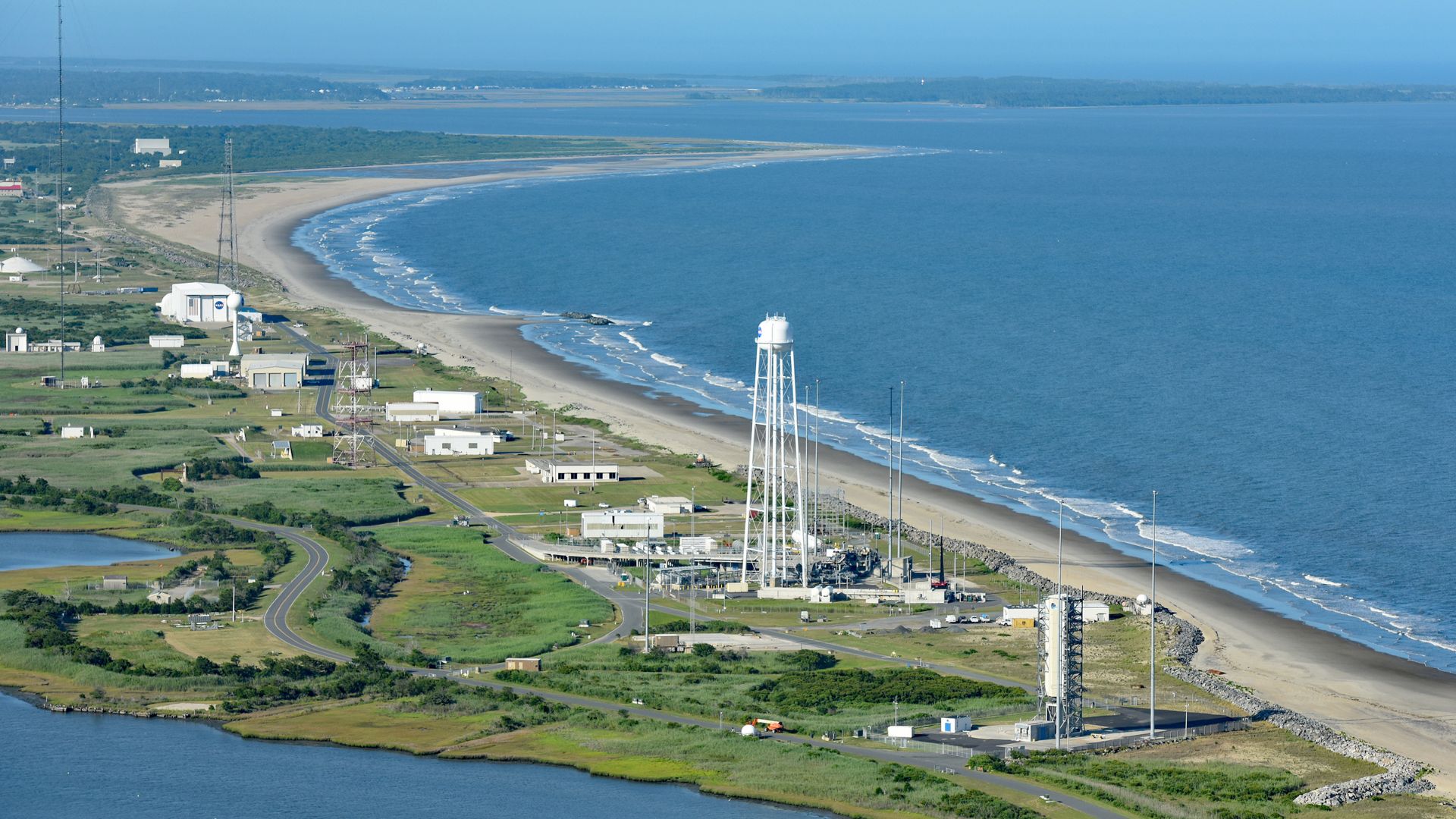
Together, these three rockets will give researchers the best-ever 3D view of turbulence near the edge of space.
So tonight, if the clouds cooperate, step outside in Cape May County and look up. You just might see science lighting up the South Jersey sky.
